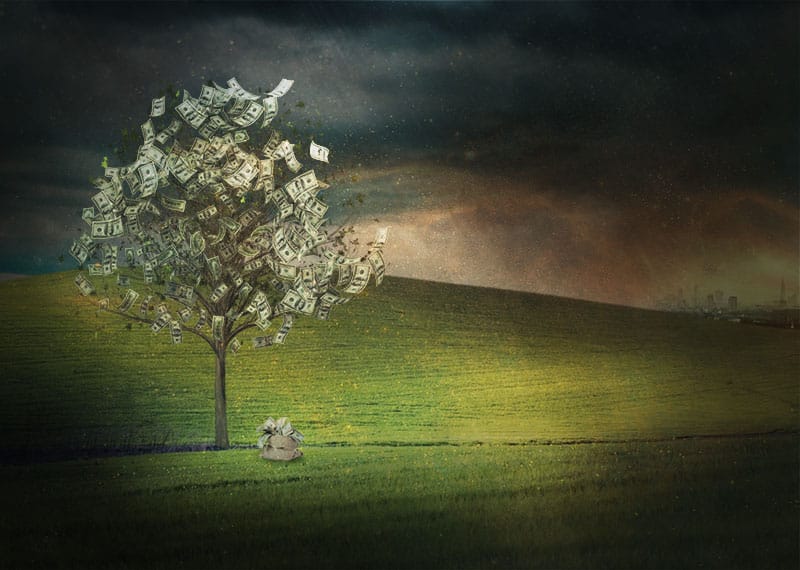Katherine Drayson, Senior Policy & Programme Officer – Environment, GLA

© AskAuk.com
A new report values London’s public green spaces in excess of £91 billion and shows that every £1 spent on public green space has a 27-fold return in value.
The Mayor of London, in partnership with the National Trust and Heritage Lottery Fund, has produced the report, a Natural Capital Account for London’s Public Green Spaces. The account sets out an economic assessment of the benefits provided by London’s public green spaces, its implications, and the methodology behind the account.
But what good is this for people concerned with protecting biodiversity and the natural environment? We know that funding for public green spaces has declined, and is likely to continue to decline. We also know that public parks are not valued accurately; they are often given a nominal value of only £1 on local authority balance sheets.
We know that green spaces are intrinsically valuable. They are places where we can conserve and protect natural and cultural heritage, and that give us an escape from the hustle and bustle of city living. But this does not capture their full value. And it does not promote their value to those whose primary interests are economic. Part of what’s needed is a new way of revealing the hidden value of green spaces; one that’s based on the enormous economic benefits that they provide. That’s where natural capital accounting comes in.
Natural capital is the elements of nature (assets) that provide benefits to people, whether directly or indirectly. In an urban context, these assets are our parks, rivers, trees, and features such as green roofs, that collectively form a green infrastructure. A natural capital account estimates the social and environmental benefits of these assets that are generally not recorded in traditional accounts and describes them using economic metrics.
The natural capital account for London has revealed that:
- London’s public green spaces have a gross asset value in excess of £91 billion, providing services valued at £5 billion per year.
- For each £1 spent by local authorities and their partners on public green space, Londoners enjoy at least £27 in value.
- Londoners avoid £950 million per year in health costs due to public green space.
- The value of recreational activities is estimated to be £926 million per year.
- For the average household in London, the monetary value of being in close proximity to a park or green space is over £900 per year.
- Public green spaces supply other services too, such as temperature regulation and carbon storage. These are smaller sources of value compared to those described above, but still important.
- The economic benefits of green space are not spread equally across or within London boroughs; there is a fairness and equality agenda that must be addressed as part of future funding and investment.
We now have hard economic evidence of what practitioners have known for years: reducing funding for parks and green spaces is a false economy. With this greater understanding of the scale of the benefits that we gain from public green spaces, we can advocate for better decision-making about whether, and how best, to invest in them.
It’s important to note that whilst this is a big change in how we view and invest in public parks, it only forms part of the change that we need. There is still more that needs to be done. We hope that the proposed Green Spaces Commission will help meet some of that need.
